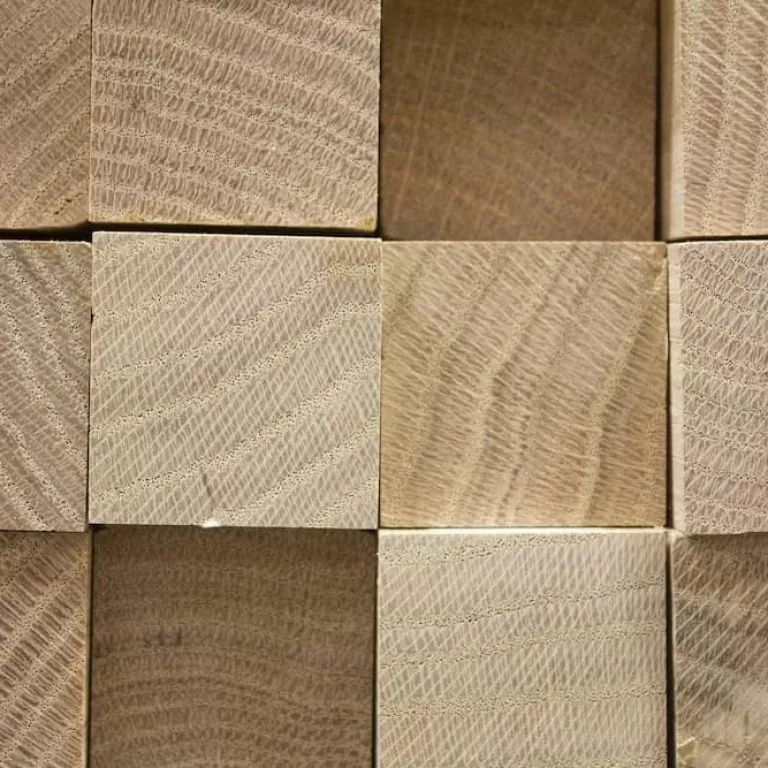
News Mass timber construction through time-lapse
Mass timber may be the greener way of housing a growing population. With the development and innovation of engineered timber, specifically cross-laminated timber, it seems as though there is a future for this sustainable building material.
Time-lapse videos are a great way to showcase mass timber’s benefits and the whole construction process. They show the ease, speed, and quality of projects right from the first CLT panel in the factory through to the fast construction on site. With high-resolution Ultra HD footage, video can capture the innovative processes involved in mass timber construction.
What is Mass Timber and Cross Laminated Timber?
Mass timber is an innovative building material made from engineered wood. It comes in numerous forms with the most widely used being cross-laminated timber. CLT is made by gluing small pieces of wood together to create engineered boards or planks. Under pressure, these boards are glued and layered into panels, with the wood’s grain stacked perpendicular to create extra strength. Surprisingly, these panels are as strong as concrete.
The benefits of Mass Timber:
Sustainable
As wood is renewable and plentiful it is seen as a sustainable building material. Although it should be noted, that for mass timber to be climate-smart it must be coupled with sustainable forestry.
Wood has long been used for low rise builds but CLT is now working its way into architect designs and concepts for tall tower builds. This is as the global population grows there will be more demand for tall buildings in dense urban areas. Architects are looking to engineered wood and CLT to create tall towers with more sustainable credentials. This pioneering material has the strength of steel and concrete, which enables architects to build tall buildings from sustainable sources.
There are numerous tall tower CLT projects in development stages and many have already been constructed.
Treet in Bergen, Norway, which is 49 metres high, used to be the tallest all-timber building. This has now been replaced by Mjøstårnet in Brumunddal, Norway. At 85.4 metres tall it has been constructed from cross-laminated timber. The contemporary 18-storey building is mixed-use, with apartments, a hotel, swimming pool, office space, and restaurant. The whole structure is made from wood, with lift shafts constructed from CLT, and columns & beams made from glulam – glued laminated timber.
There are other more ambitious timber tall tower plans in development, showing how serious the concept is being taken. The proposed Oakwood Timber Tower, 300 metres high and integrated within the Barbican has been developed by the Centre for Natural Material Innovation at Cambridge University. Whilst Architect Studio Precht has proposed an innovative concept called the Farmhouse, where prefabricated A-frame house modules made from CLT can be stacked to create living spaces and allow residents to produce their own food in vertical farms.
Environmentally friendly
Using mass timber reduces carbon emissions, as it expunges carbon dioxide from the atmosphere. Carbon from trees is locked into the build which sequesters tons of CO2.
The production of traditional construction materials such as concrete and steel is a huge source of carbon dioxide emissions. If these were replaced by timber, instead of adding to climate change it could be abated. Attempting to mitigate climate change is why architects are attempting to promote and build confidence in CLT for use in future builds.
Zaha Hadid Architects are the team behind plans for a timber stadium in Gloucestershire for the world’s first UN-certified carbon-neutral football team. Chaired by the environmentalist Dale Vince, the aim is to produce an aesthetically attractive yet low carbon stadium.
Timber Construction is a more efficient build
Mass timber is produced in factories with panels and components created with precision engineering. Being built offsite in this way means reduced waste, lower costs, and fast onsite construction.
As with offsite construction in general, build times for mass timber frame builds are quick. The 18 storey Brock Commons building in Vancouver, a hybrid wood and concrete structure used prefabricated components and was completed in less than 70 days.
Fire Resistant
When wood is thought of, it is automatically considered to be a fire risk. However, as CLT is a large solid compressed mass of wood it is hard to set alit. With an added fire retardant treatment applied it becomes even less flammable. It is claimed that if it does alight, mass timber will be slow-burning, char and self extinguish. Architects in the UK, confident in its fire resistant qualities, are trying to get CLT exempt from the ban on combustible cladding materials. As whilst it remains on this list, it will be difficult to transform innovative timber tall tower designs into reality in the UK.
Why use time-lapse videos?
Time-lapse videos play an important role in moving mass timber construction forward. Visually documenting the whole process with high-quality video has numerous benefits. Architects, developers, investors and buyers can all see the ease, speed and quality of the process from factory to site. Instilling trust in this type of build is essential to the growth of future CLT builds.
As the UK’s leading time-lapse video company, we have the expertise and know-how to produce time-lapse videos to high specification requirements. Please contact us for more details and to discuss next your project.